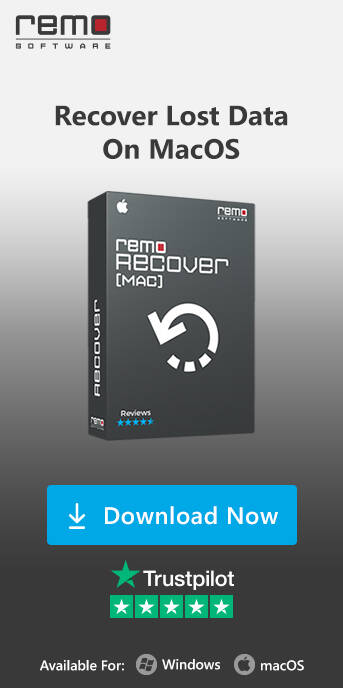Apple Partition Map was introduced in 1986. It was developed to handle drives of sizes up to more than a few hundred megabytes. Whereas the original objective was to handle a variety of block sizes, in practice, only 512-byte blocks are supported. the several address fields are 32 bits unsigned, meaning the format can handle up to two Terabytes of disks.
Apple Partition Map Structure
The Apple Partition Map used by the disk is divided into logical blocks with 512 bytes. In that first block is Block 0, which contains an Apple-specific data structure called “Drive Descriptor Map” for the Macintosh Toolbox Read Only Memory to load driver updates and patches before loading from an MFS or HFS partition.
In disk, Block 1 is the second block, which contains the Apple Partition Map that describes the partition structure of the drive and contains each partition entry. These partition entries can be in any precise order and do not need to correspond to the physical group of the partitions. There is no restriction on the number of partition entries, but the map could not be enlarged later. The APM is created when the drive has been partitioned, and the remaining space on the drive belongs to the remaining partitions. Afterward, no free space is available to enlarge the Apple Partition Map. Moreover, the APM maps out all space used and unused on disk, unlike the least x86 master boot record that only accounts for used non-map partitions. This means that every block on the disk belongs to a partition except block 0.
The APM partitions are located at the disk's beginning and described in the partition map structure. The firmware code processes this structure, so the map does not contain boot code as in the DOS partition table. Each partition map entry describes the starting sector of the partition, the type, the size, and the volume name. The data structure also holds values about data inside of the partition, such as the location of any boot code and the location of the data area.
Note: Apple Partition Map is no longer used on the newer Macs. Silicon and Intel-based Macs now use the GUID Partition Map, also known as (GPT) scheme.
This supports larger disk sizes and offers more complex partition configurations.
Reasons behind the corruption of Apple Partition Map
- Formation of bad sectors on hard disk
- File system corruption
- Frequently rebooting system
- Hardware failure
- Power failure or surges
- Software bugs or glitches
- Human errors
- Using incompatible third-party disk partitioning tools
- Virus or Malware attacks
- Interruption during installation or uninstalling of operating system
- Incorrectly resizing the Apple partition Map
